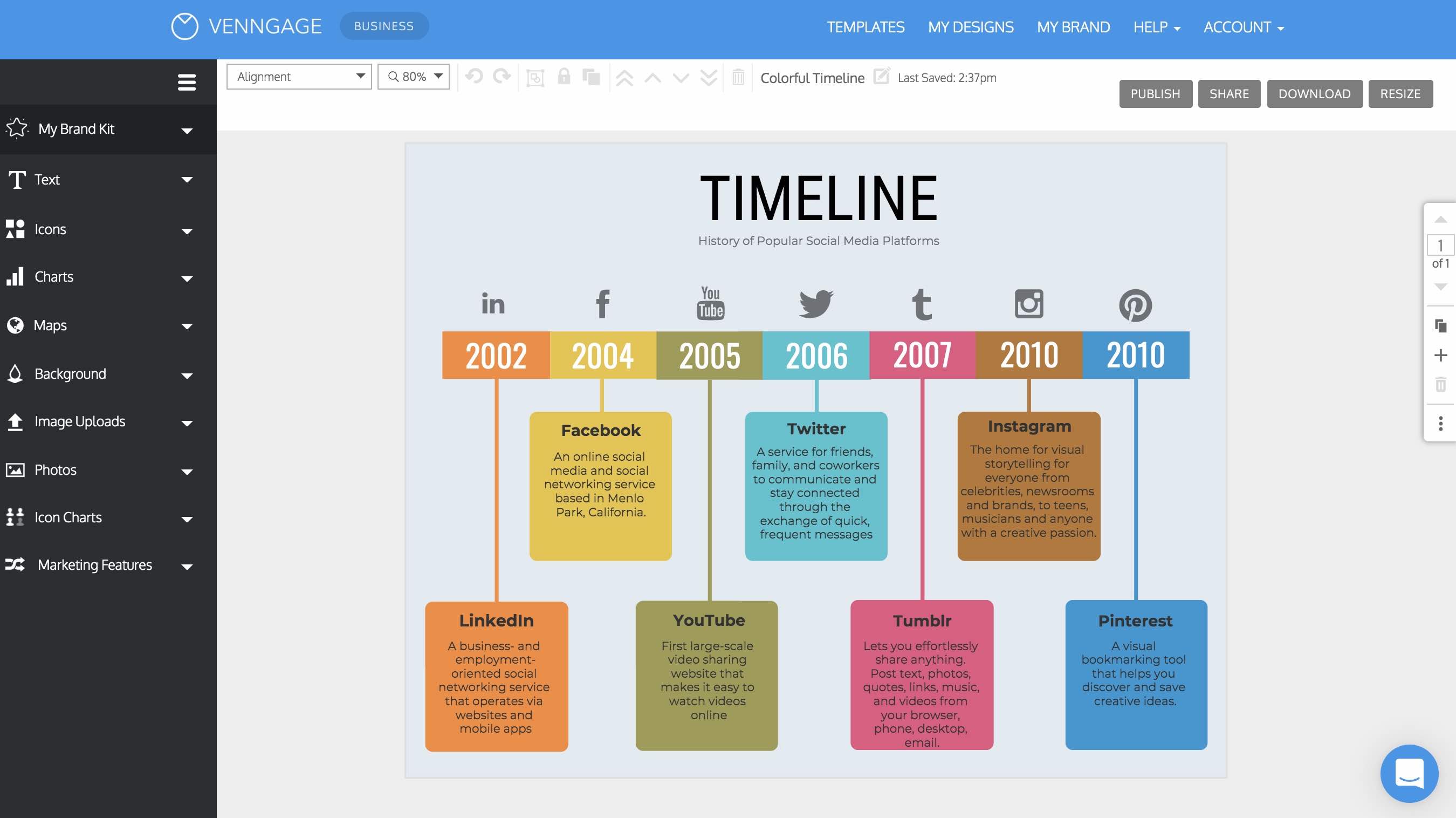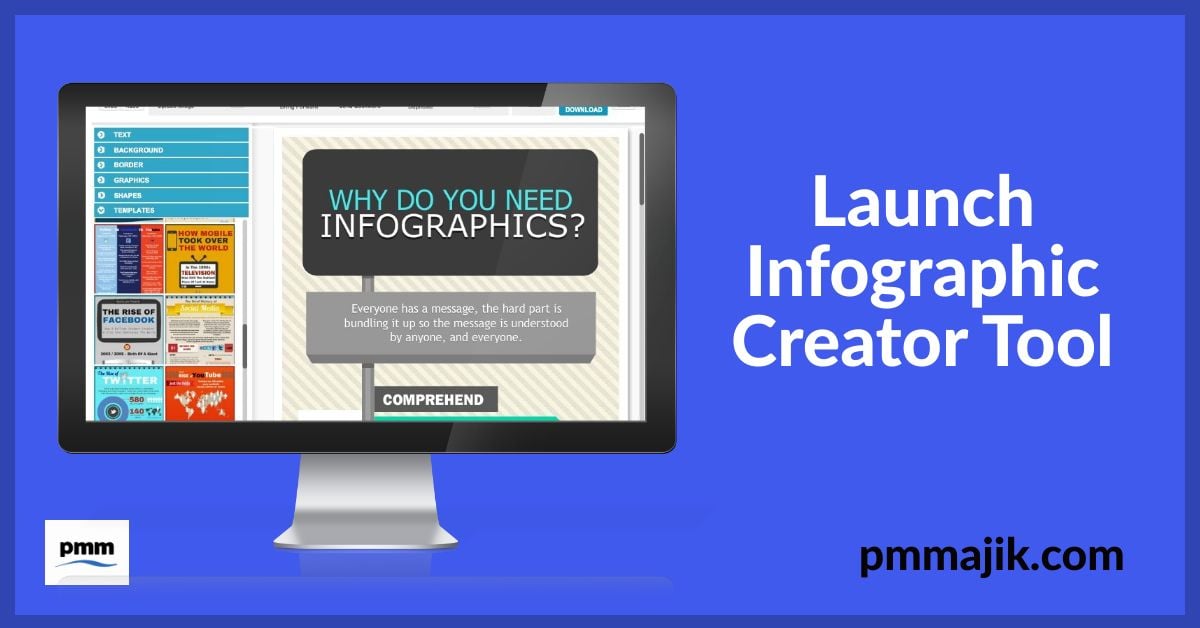


A perfect alignment will make the final design more professional. Once you have a draft of your design done, go back and make sure all main elements align on the same horizontal and vertical axis and that spacing is the same between each section. Be sure to use icons that match your color palette and have a similar style to each other. Neutrals are typically white, black or gray. Your color palette should include one primary color, 2-3 secondary colors and a neutral color. Use one font for the headline and one for the body. To start, keep your font selection and color palette simple.

Include plenty of space around headlines, between sections and avoid extensive text. White space gives your content room to breathe making it easier to consume and more visually appealing.
#PARTS OF WHOLE INFOGRAPHIC CREATOR FREE#
White space is any area that is left free of any text or design element. Each section should have a main subtitle or label and accompanying icon or image. Distinguish each section by breaking them up with lines, alternating colors or borders. Just like a paragraph in a blog post, divide your infographic into specific sections based on topic. A backbone can be made of a line, icons or visuals. Next, form a background with a single design element that helps the reader move through the content. Remember, the two columns don’t need to be symmetrical. Infographic design best practicesįollow these design best practices to create a professional-looking graphic that is easy to read.įor beginning designers, divide your infographic into two columns with a large title card on top. To learn more about different types of infographics, visit our in-depth guide. Typically, a comparison-style infographic will use a symmetrical layout forming a natural line down the center of the graphic.
#PARTS OF WHOLE INFOGRAPHIC CREATOR SERIES#
A checklist or visualized article style infographic, uses a series of icons or visuals to organize information.

While there are no hard and fast rules of how an infographic must look, infographics tend to fall into specific categories and layouts that can serve as a starting point for creating your infographic’s backbone and defined sections.Ī timeline or roadmap layout uses a single, visible line either straight down the middle or on a meandering path to guide the reader from one point to another. Sources: Briefly cite your sources at the end of your infographic. Subhead/Labels: Use subheads and labels for each section, icon and chart.īackbone: Use a unifying design element that ties your infographic together. Headline: Write a brief, compelling headline The copy should support the graphic not the other way around.ĬTA: Include a call to action at the end of the infographic to move your reader to the next step. Use icons, color and lines to clearly separate each section.Įxplanatory Text: Use copy to briefly describe the idea for each section. Sections: Create separate sections for each idea. Elements of an infographicĮxplainer: Brief introductory text that explains what the infographic is about. In general, an infographic should include the following elements. Once your outline is completed, you’re ready to start putting the infographic together.


 0 kommentar(er)
0 kommentar(er)
